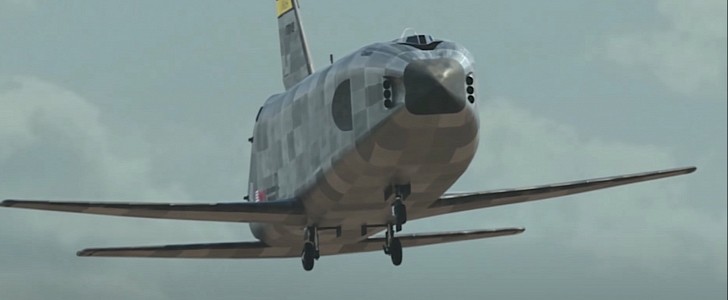When it comes to today’s space exploration industry, the word of the day must be reusable. A concept that has been around for some time, but it’s only now being fully used, reshaping humanity’s future.
For a long time during efforts made in this field, humanity has relied on disposable assets to explore the space around our planet. From rockets to spaceships, technology was used, then discarded, because most of the time you couldn’t use it more than once. Then the space shuttle came along, and now companies like SpaceX and Blue Origin, who have devised reusable rockets, and everything changed.
The idea of reusing technology to go to space is not new, as industry players have always tried to do this as a means to cut costs. Long before the space shuttle came around in the 1980s, some were trying their hands at coming up with reusable pieces of hardware.
One such technology was the Saturn-Shuttle flyback booster of the 1970s, but even in the previous decade, when the space age was still in its early days, people were considering something similar.
“People” would be NASA itself, who at one point came up with something called the DC-3. It was, if you like, an earlier version of what would eventually become the space shuttle, a two-stage fixed-wing spaceplane that was forgotten once the U.S. Air Force got involved and started asking for specific things.
As a result, the DC-3 never got its chance to shine on launchpad, so no one got to see it flying. Today, thanks to advancements in technology, and expert fans like the guys who run space animation YouTube channel Hazegrayart, we get to see it in action.
The four-minute long video below shows, probably with a good enough approximation, how the DC-3 shuttle would have been carried off the ground by a similarly-shaped, winged rocket. We get to see how the carrier rocket would have come down and landed on runways, and how the shuttle itself might have looked up high in orbit, before it too would head down and land. The perfect parallel universe simulation, if you will.
The idea of reusing technology to go to space is not new, as industry players have always tried to do this as a means to cut costs. Long before the space shuttle came around in the 1980s, some were trying their hands at coming up with reusable pieces of hardware.
One such technology was the Saturn-Shuttle flyback booster of the 1970s, but even in the previous decade, when the space age was still in its early days, people were considering something similar.
“People” would be NASA itself, who at one point came up with something called the DC-3. It was, if you like, an earlier version of what would eventually become the space shuttle, a two-stage fixed-wing spaceplane that was forgotten once the U.S. Air Force got involved and started asking for specific things.
As a result, the DC-3 never got its chance to shine on launchpad, so no one got to see it flying. Today, thanks to advancements in technology, and expert fans like the guys who run space animation YouTube channel Hazegrayart, we get to see it in action.
The four-minute long video below shows, probably with a good enough approximation, how the DC-3 shuttle would have been carried off the ground by a similarly-shaped, winged rocket. We get to see how the carrier rocket would have come down and landed on runways, and how the shuttle itself might have looked up high in orbit, before it too would head down and land. The perfect parallel universe simulation, if you will.














